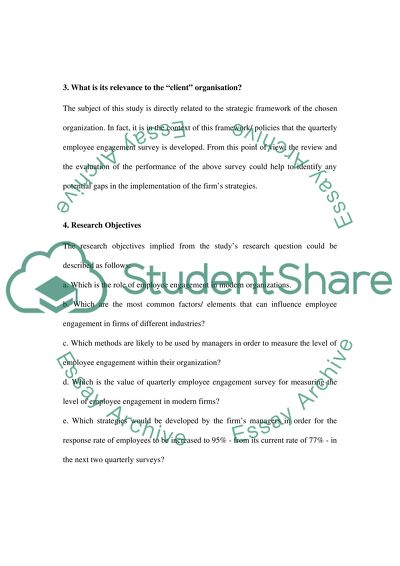Cite this document
(“Employee Engagement Dissertation Example | Topics and Well Written Essays - 1750 words”, n.d.)
Retrieved from https://studentshare.org/gender-sexual-studies/1407408-employee-engagement
Retrieved from https://studentshare.org/gender-sexual-studies/1407408-employee-engagement
(Employee Engagement Dissertation Example | Topics and Well Written Essays - 1750 Words)
https://studentshare.org/gender-sexual-studies/1407408-employee-engagement.
https://studentshare.org/gender-sexual-studies/1407408-employee-engagement.
“Employee Engagement Dissertation Example | Topics and Well Written Essays - 1750 Words”, n.d. https://studentshare.org/gender-sexual-studies/1407408-employee-engagement.


